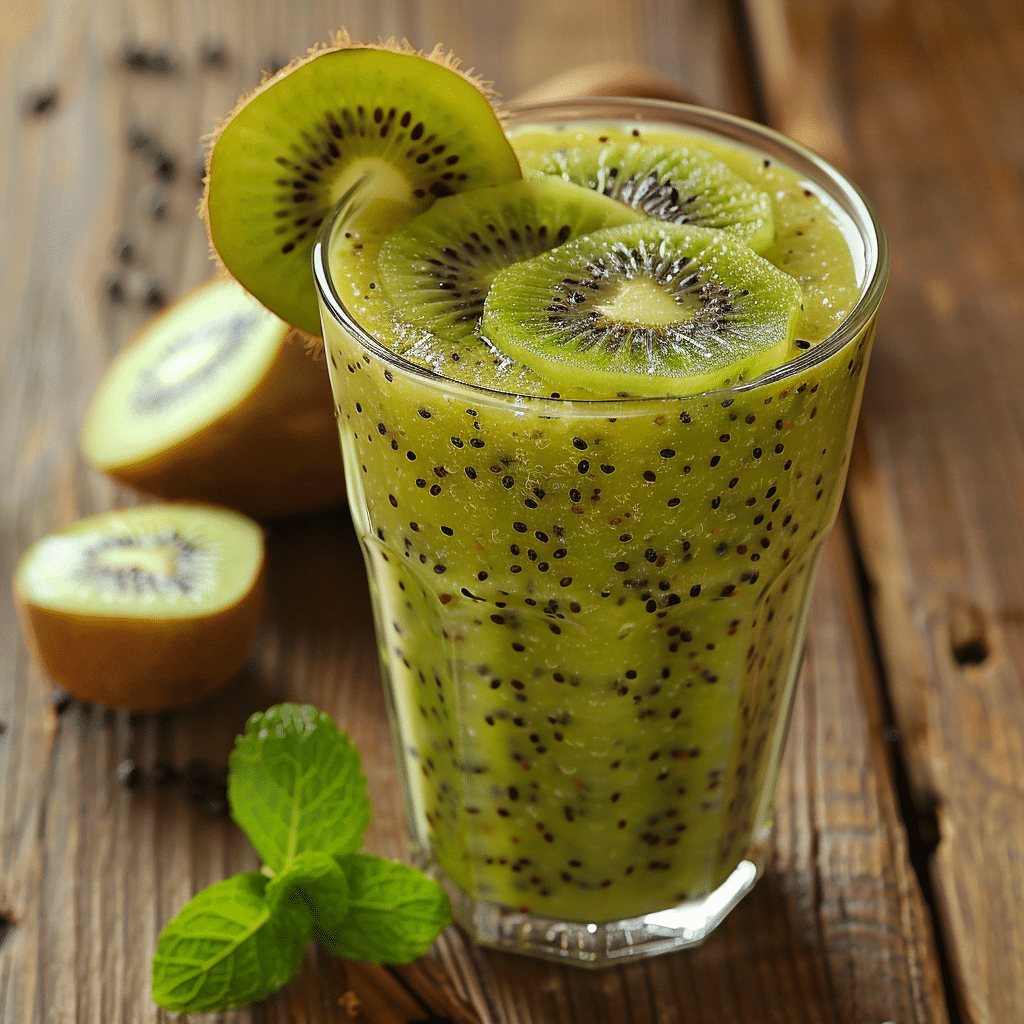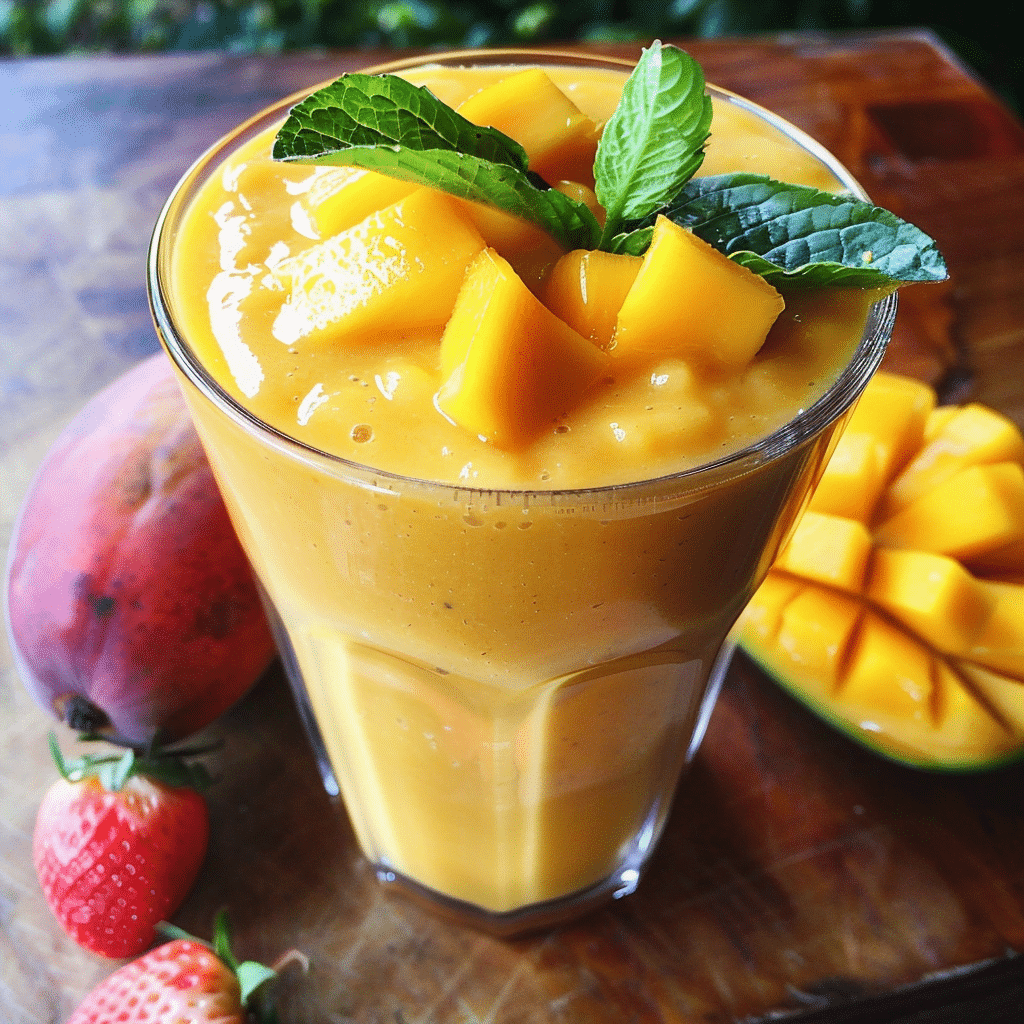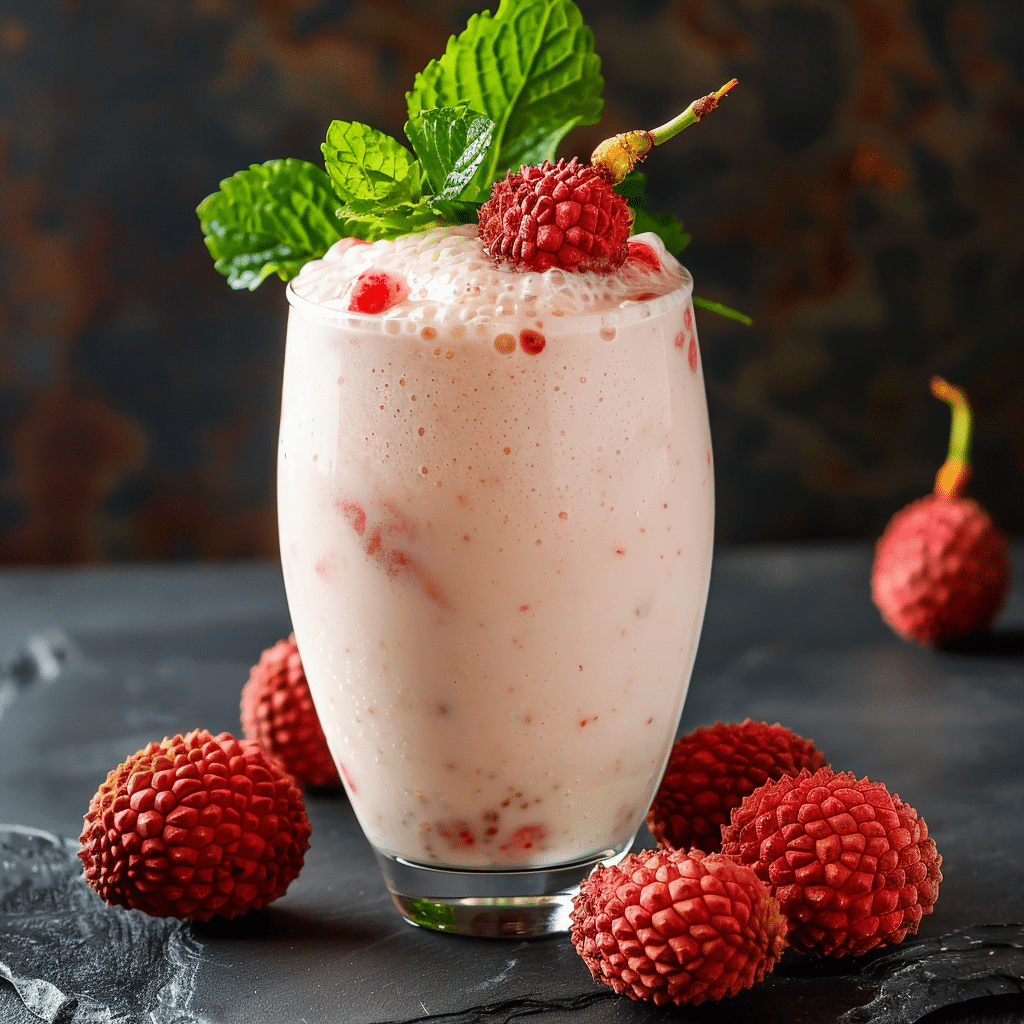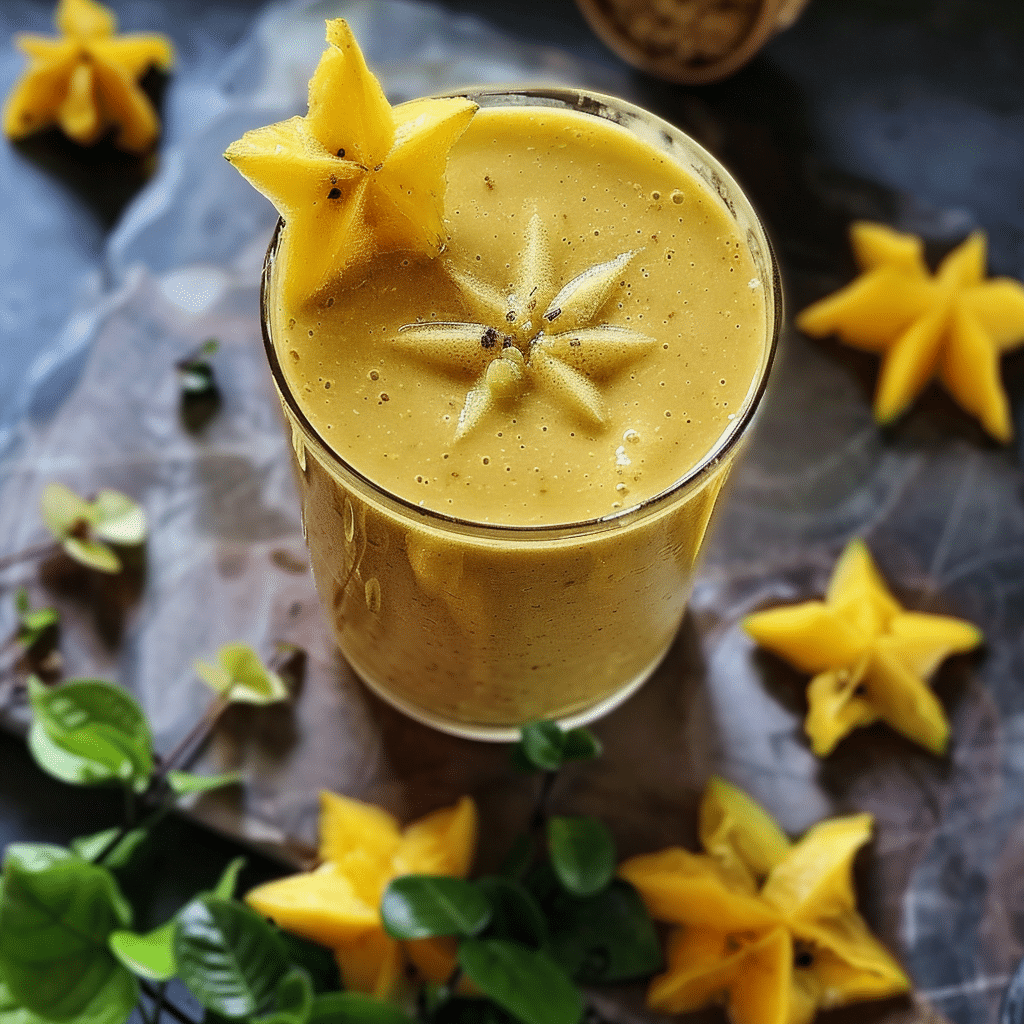Are you wondering if tropical smoothies are actually healthy? With so many delicious fruits and enticing combinations, it’s natural to question whether these colorful blends pack a nutritional punch or are simply a sugary treat.
This comprehensive guide will explore the nutritional profiles of popular tropical fruits like mangoes and pineapples, exploring their vitamin and mineral content, fiber levels, and potential health-boosting properties.
To create a well-rounded, nourishing beverage, we’ll also discuss balancing your smoothie with nutrient-rich additions like chia seeds, yogurt, and heart-healthy fats.
Additionally, I’ll share my top tips for crafting the perfect tropical smoothie at home, ensuring you maximize the health benefits without overdoing the natural sugars.
Whether you’re a smoothie enthusiast or simply curious about the nutritional value of these tropical blends, this article will provide you with the expert insights and practical advice you need to make informed choices and enjoy the delicious, health-promoting qualities of tropical smoothies.
Let’s embark on this flavorful journey together!
Selecting the Best Fruits for Your Smoothie
Selecting the right fruits is key when crafting a nutritious and delicious tropical smoothie. This section will explore some of the most nutrient-dense options to include in your smoothies.
1. Dragon Fruit: The Antioxidant Powerhouse
Dragon fruit, also known as pitaya, is a vibrant, exotic fruit packed with antioxidants, vitamin C, and fiber. Its mild, slightly sweet flavor pairs well with other tropical fruits, and its eye-catching color can make your smoothie a visual treat.
Dragon fruit’s high antioxidant content can help combat free radicals, promoting healthy skin and reducing the risk of chronic diseases.
2. Starfruit and Lychee: Tangy Twists
Starfruit is a low-calorie, nutrient-rich option high in vitamin C and copper. Its unique shape and tangy flavor can add an interesting twist to smoothie creations.
Lychee, another tropical gem, is a good vitamin C, potassium, and copper source. Its sweet, floral taste can elevate your smoothie’s flavor profile while providing essential nutrients for overall health.
3. Kiwi: The Digestive Aid
Kiwi is a nutritional powerhouse rich in vitamin C, fiber, and antioxidants. This small but mighty fruit can boost your immune system and aid in digestion, thanks to its high fiber content.
Its bright green flesh and tangy-sweet taste make it a refreshing addition to any tropical smoothie.
4. Classic Tropical Fruits: Mango, Pineapple, and Banana
No tropical smoothie is complete without the classic mango, pineapple, and banana trio. Mangoes are high in vitamin A, which supports healthy vision and immune function.
Pineapples contain enzymes that can aid in digestion and reduce inflammation, making them a great choice for those with sensitive stomachs.
Bananas, a smoothie staple, provide a creamy texture and are an excellent source of potassium, vitamin B6, and fiber, which can help regulate blood pressure and support heart health.
Choosing the Right Base and Additives
When creating a tropical smoothie, the liquid base you choose can significantly impact both the flavor and nutritional profile of your blend. We have examined various base options and have found that each one offers unique benefits and complements different fruit combinations.
1. Water: The Simplest Choice
Water is the most basic and calorie-free option for your smoothie base. It allows the natural flavors of tropical fruits to shine and is an excellent choice for those looking to keep their smoothie low in calories.
However, water-based smoothies may lack the creamy texture and mouthfeel that many people enjoy.
2. Milk Variants: Creamy and Nutritious
Milk variants like oat, almond, and coconut milk can add a creamy texture and a subtle flavor to your tropical smoothie. These plant-based milks are often fortified with calcium and vitamin D, making them a nutritious choice for dairy-free diets.
When selecting a milk variant, consider the flavor profile of your chosen fruits and opt for an unsweetened version to limit added sugars.
3. Yogurt: A Protein-Packed Addition
Adding yogurt to your tropical smoothie can significantly boost protein, which is essential for muscle repair and growth. Greek yogurt, in particular, is an excellent choice due to its high protein content and creamy texture.
The tangy flavor of yogurt can also complement the sweetness of tropical fruits, creating a well-balanced smoothie. For those following a plant-based diet, many coconut and soy-based yogurt alternatives are available.
Creative Recipes and Combinations
Now that we’ve explored the best fruits and bases for tropical smoothies, it’s time to get creative with some innovative recipes. Here are some of my favorite tropical smoothie recipes, each with unique health benefits.
1. Dragon Fruit Delight

Ingredients:
- 1 cup dragon fruit, cubed
- 1 cup pineapple, cubed
- 1 banana
- 1 cup coconut milk
- 1 tbsp chia seeds
This vibrant smoothie is packed with antioxidants from dragon fruit, which can help protect your cells from damage. Pineapple contains bromelain, an enzyme that aids digestion and reduces inflammation. Chia seeds add a boost of fiber and healthy omega-3 fatty acids.
2. Kiwi Kick-Start

Ingredients:
- 2 kiwis, peeled
- 1 cup spinach
- 1 green apple, chopped
- 1 cup unsweetened almond milk
- 1/2 inch piece of ginger, peeled
Kiwis are rich in vitamin C, which supports immune function and collagen production for healthy skin. Spinach is an excellent source of iron, vitamin K, and folate, while ginger has anti-inflammatory properties that can help alleviate digestive issues.
3. Mango Tango

Ingredients:
- 1 cup mango, cubed
- 1/2 cup papaya, cubed
- 1/2 cup Greek yogurt
- 1 cup coconut water
- 1 tsp turmeric
Mangoes are high in vitamin A, which supports eye health and immune function. Papaya contains digestive enzymes called papain, which can help break down proteins and ease digestive discomfort. Turmeric, a potent anti-inflammatory spice, adds a subtle earthiness to this creamy smoothie.
4. Lychee Love

Ingredients:
- 1 cup lychee, pitted
- 1 cup strawberries
- 1 banana
- 1 cup oat milk
- 1 tbsp flaxseed meal
Lychees are a good vitamin C and potassium source, while strawberries provide additional vitamin C and antioxidants. The banana and oat milk create a creamy base, and the flaxseed meal adds fiber and plant-based omega-3s.
5. Starfruit Sunrise

Ingredients:
- 1 starfruit, sliced
- 1 orange, peeled and segmented
- 1/2 cup frozen mango chunks
- 1 cup unsweetened coconut yogurt
- 1 tsp vanilla extract
Starfruit is low in calories and high in vitamin C, while oranges provide additional vitamin C and folate. The frozen mango chunks add a creamy texture and a dose of vitamin A, and the coconut yogurt provides a dairy-free source of probiotics for gut health.
Mixing and matching these nutritious tropical fruits and bases allows you to create an endless variety of smoothies that taste great and support your overall health and well-being. Don’t be afraid to experiment and find your favorite combinations!
Enhancing Your Smoothies with Superfoods and Supplements
If you’re looking to improve your tropical smoothie game, consider incorporating some superfoods and supplements into your blends.
1. Spirulina: The Protein-Packed Algae
Spirulina is a blue-green algae rich in protein, vitamins, and minerals. One tablespoon of spirulina powder contains 4 grams of protein and significant amounts of vitamin B12, iron, and copper.
Its vibrant green color adds a visually appealing twist to your tropical smoothie. However, spirulina does have a strong, slightly savory flavor, so start with a small amount and gradually increase to your liking.
2. Chia Seeds: The Fiber-Filled Powerhouse
Chia seeds are a fantastic source of fiber, protein, and healthy omega-3 fatty acids. These tiny seeds can absorb liquid and create a gel-like consistency, which can help thicken your smoothie and keep you feeling full for longer.
Aim for about 1-2 tablespoons of chia seeds per smoothie. Let them soak in the liquid base for a few minutes before blending to achieve the desired texture.
3. Protein Powders: The Muscle-Building Boost
Adding a scoop of protein powder to your tropical smoothie can help support muscle growth and repair and keep you satiated. Many types of protein powder are available, including whey, casein, pea, and hemp, each with its own unique benefits and flavor profile.
When selecting a protein powder, select a high-quality, minimally processed option with limited additives. A neutral-flavored protein powder, such as unflavored whey or pea protein, works best in tropical smoothies to avoid overpowering the fruit flavors.
Incorporating these superfoods and supplements into your tropical smoothies can create a well-rounded, nutrient-packed beverage that supports your health goals.
Remember to start with small amounts and adjust to your taste preferences, as some of these additions may have strong flavors. With some experimentation, you’ll find the perfect balance of fruits, bases, and superfood enhancements for your ultimate tropical smoothie.
Storage and Preparation Tips
Creating the perfect tropical smoothie is just half the battle. To ensure that your smoothies taste great and maintain their nutritional value, following proper storage and preparation techniques is essential.
Prepping Fruits for Smoothies
When preparing tropical fruits for smoothies, it is important to wash them thoroughly to remove dirt, pesticides, or bacteria.
For fruits with thick skins, like pineapples and mangoes, remove the skin and cut away any tough or fibrous parts before chopping them into smoothie-ready pieces.
If you’re not planning to use the fruits immediately, store them in airtight containers in the refrigerator for up to 3-5 days.
Freezing Fruits for Later Use
If you have an abundance of ripe tropical fruits or want to ensure you always have smoothie ingredients on hand, consider freezing them for later use.
Chop the fruits into small pieces, arrange them in a single layer on a baking sheet lined with parchment paper, and freeze them until solid.
Once frozen, transfer the fruit pieces to freezer-safe bags or containers, labeling them with the date and contents. Frozen fruits can last up to 6 months in the freezer and add a delightful frosty texture to your smoothies.
Storing Leftover Smoothies
If you have a leftover smoothie, you can store it in an airtight container in the refrigerator for up to 24-48 hours. However, remember that the texture and flavor may change slightly as the ingredients settle and oxidize.
To minimize separation and maintain the best taste, stir or shake your stored smoothie before consuming it.
Nutrient Preservation Techniques
To maximize the nutritional value of your tropical smoothies, use high-quality, fresh ingredients and consume them as soon as possible after blending.
Exposure to air and light can break down some of the nutrients in your smoothie, so if you’re not drinking it right away, store it in an opaque, airtight container.
When blending your smoothie, avoid over-processing the ingredients, as this can generate heat and cause nutrient loss. Aim for a smooth consistency, but don’t blend for longer than necessary.
Conclusion
In conclusion, tropical smoothies can be a delicious and nutritious addition to your diet when prepared with the right ingredients and techniques.
By selecting nutrient-dense tropical fruits like dragon fruit, starfruit, lychee, kiwi, mango, pineapple, and bananas, you can create flavorful blends packed with vitamins, minerals, and antioxidants.
Choosing the appropriate base, such as water, milk variants, or yogurt, can further enhance your smoothie’s nutritional profile and texture.
Experimenting with creative recipes and combinations allows you to tailor your tropical smoothies to your taste preferences while maximizing their health benefits.
Adding superfoods and supplements like spirulina, chia seeds, and protein powders can boost nutrients and support your specific health goals.
Proper storage and preparation techniques, such as washing and freezing fruits, correctly storing leftover smoothies, and minimizing nutrient loss during blending, ensure that your tropical smoothies taste their best and maintain their nutritional integrity.
So, grab your blender, explore the vibrant world of tropical fruits, and start enjoying the many benefits of these nourishing and satisfying beverages today!
W
Why Tropical Smoothies Are Your Best Bet: A Health Guide




